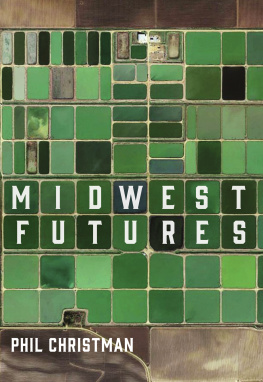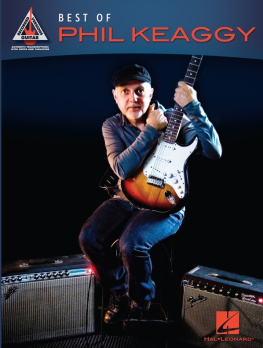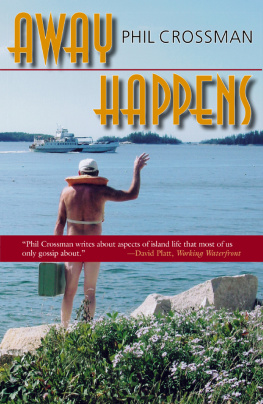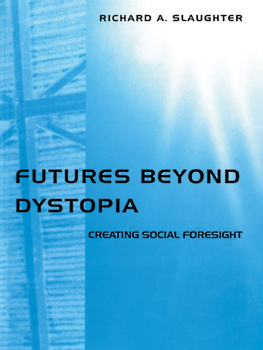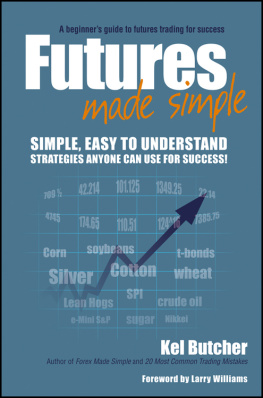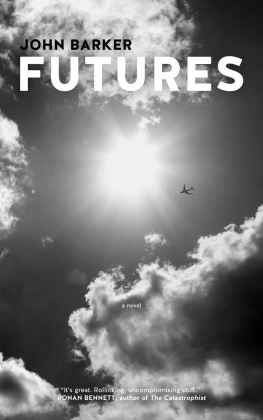Phil Christman - Midwest Futures
Here you can read online Phil Christman - Midwest Futures full text of the book (entire story) in english for free. Download pdf and epub, get meaning, cover and reviews about this ebook. year: 2020, publisher: Belt Publishing, genre: Science / Politics. Description of the work, (preface) as well as reviews are available. Best literature library LitArk.com created for fans of good reading and offers a wide selection of genres:
Romance novel
Science fiction
Adventure
Detective
Science
History
Home and family
Prose
Art
Politics
Computer
Non-fiction
Religion
Business
Children
Humor
Choose a favorite category and find really read worthwhile books. Enjoy immersion in the world of imagination, feel the emotions of the characters or learn something new for yourself, make an fascinating discovery.
- Book:Midwest Futures
- Author:
- Publisher:Belt Publishing
- Genre:
- Year:2020
- Rating:3 / 5
- Favourites:Add to favourites
- Your mark:
- 60
- 1
- 2
- 3
- 4
- 5
Midwest Futures: summary, description and annotation
We offer to read an annotation, description, summary or preface (depends on what the author of the book "Midwest Futures" wrote himself). If you haven't found the necessary information about the book — write in the comments, we will try to find it.
Midwest Futures — read online for free the complete book (whole text) full work
Below is the text of the book, divided by pages. System saving the place of the last page read, allows you to conveniently read the book "Midwest Futures" online for free, without having to search again every time where you left off. Put a bookmark, and you can go to the page where you finished reading at any time.
Font size:
Interval:
Bookmark:

MIDWEST FUTURES
MIDWEST FUTURES
Phil Christman

Belt Publishing
Copyright 2020 by Phil Christman
All rights reserved. This book or any portion thereof may not be reproduced or used in any manner whatsoever without the express written permission of the publisher except for the use of brief quotations in a book review.
Portions of this book appeared in different form in the Hedgehog Review.
Printed in the United States of America
First edition 2020
ISBN: 978-1-948742-61-0

Belt Publishing
3143 W 33rd Street #6
Cleveland, Ohio 44109
www.beltpublishing.com
Book design by Meredith Pangrace
Cover by David Wilson
To Ashley, who asked
CONTENTS

A NOTE ON THE TEXT
As the Midwest was surveyed into six-by-six square-mile grids, this book consists of six rows containing six prose plats, each approximately 1,000 words long.

ROW 1
THE FUND

B y the side of Ohio Route 38, about two miles past East Liverpool, you can visit the place where the Midwest does not begin.
What you can see at that spot is an who traveled several thousand miles to find it still overshot it and had to turn around. On either side is just enough room for a few cars to pull off the road and park. You picture a Dad emerging from a station wagon. You hear him intoning, in that voice available only to Dads moved to reverence by historical markers, Guys, come look at this, as the children blink. Boy, isnt this something, he finally says, and someone sighs with relief, for he is almost done, and there is no bathroom. McDonalds was miles ago.
(Wellthat is what I pictured, anyway, one summer afternoon in Ann Arbor, as I gazed at this spot on Google Maps, wondering if I should, like another generations crusading litterateur, simply drive there. James Agee would drive there. But James Agee, burdened and guilty as he was, did not yet know about carbon footprints. Back to Google Maps it was, then, and my little reverie, a cultural memory of a summer-vacationing Middle American normality that I feel I should somehow claim, though it is not mine.)
So much for the little pointed rock that memorializes the place known to history as the Beginning Point of the U.S. Public Lands Survey.
Roughly 1,000 feet south of this monument, on Saturday, , a Sunday, the team rested.
On , writes historian Andro Linklater. For centuries the land had been lived in by the Delaware and passed through by the Miami and occupied by the Iroquois, but no one had ever owned it. Owning and living upon are separate, indeed often opposed, things.
One architect of this project was Thomas Jefferson, whose 1784 Report on Government for Western Territory inspired both ordinances. In some of his many moods, as an affordable home for a hardy yeoman farmer. (These moods, which Jefferson was capable of abandoning when necessary, constitute the thing historians call, with undue reverence, Jeffersonian democracy.) He believed that the competition between small farms would generate a hardy, self-sufficient people, ready for self-government. To set this natural process in motion required prior central planningCulture completing Nature, in the Enlightenment style.
Hutchinss notes on the land are enough to fire the imagination of any Jeffersonian democrat. , he later wrote to Congress, with a deep black mould, free from stone it is well adapted for indian [sic] corn, tobacco, hemp, flax, oats, etc, and every species of garden vegetables. He describes an agrarian utopia, square after square of mellow fruitfulness.
He also describes another peoples landa fact that should concern us, and that did, in another way, come to concern him. , Hutchinss team crossed paths with a second group, led by General Richard Butler, a Revolutionary War veteran who like many such veterans hoped to claim some long-overdue backpay in the form of Western plats of his own. He was on his way to purchase (that is, swindle) land from the Miami tribe, so that the western encroachment of the United States could continue. If Hutchinss letters to Congress conjure a small farmers paradise, Butler in his journal reminds us what all this measuring and describing and scrutinizing led to, describing the survey team as a set of gentlemen who are the first at work on a fund which will eventually extinguish the debt of the United States. Not a placea fund. Big Eastern land speculators already eyed these plats.
Funds, like states, require central authority and a monopoly on force. Otherwise you just have claims and counterclaims of credit and ownership, back and forth, forever. Butler notes in his journal, with some consternation, that Hutchins expected to have to quit soon, because most of the soldiers providing Hutchinss team with safe conduct would join Butler at the negotiations. Hutchinss teamtheir notes a riot of did indeed stop after a handful of miles, fearing Native attack. December found Hutchins in New York, rhapsodizing to Congress about Ohio dirt. Without military support, which a weak Confederation Congress could not yet provide, Ohio Territory could be some peoples home, but precisely not a fund.
So much for the spot that opened the way to the Midwest. So much, as well, for the little stone monument that memorializes but, as weve seen, doesnt actually mark it. The exact point about 1,000 feet south, from which Hutchins set out, is, according to some sources, somewhere on the .

How characteristic of the Midwest that its first spot should be like this: a pivot point in American history, permanently out of focus. This is the way the Midwest exists in the American mind: massively there, constantly eluding our grasp. The Midwest, wrote Michael Martone, is when you are in it.
The word itself sounds self-contradictory: Mid/West. Which is it: middle, or western? According to the U.S. Census Bureau, Midwest names a region that either subsumes or includes bits of a number of other, distinct geographic or cultural regionsparts of Great Lakes Country (Michigan, Wisconsin, Minnesota, Ohio, Indiana, Illinois, but not, of course, Canada); parts of the Great Plains (Illinois, Iowa, Kansas, Nebraska, the Dakotas, but not Montana); parts of the Cotton and Rust Belts (but not Western Pennsylvania); even parts of the South (Missouri). It includes sections of the country that belonged to the U.S. at the time the Constitution was ratifiedthe so-called Old Northwest Territory, ceded from the British in the Treaty of Paris, that Hutchins and his team began to survey (it later became Ohio, Indiana, Illinois, and Michigan, plus parts of Wisconsin and Minnesota). It includes several states that took the right side of the Civil War and one (Missouri) that didnt quite make up its mind. (At one point Missouris government, like the medieval papacy, had two competing claimants.) It also includes parts of the Louisiana Purchase. It cuts through the Ozarks and Black Hills, the Ozark and Appalachian Plateaus, some of the Missouri and Mississippi Rivers, and several major aquifers, but it does not encompass any of them; we cannot look to geography to give it coherence. The region is a conceptual magpies nest, made from scraps of everything.
Next pageFont size:
Interval:
Bookmark:
Similar books «Midwest Futures»
Look at similar books to Midwest Futures. We have selected literature similar in name and meaning in the hope of providing readers with more options to find new, interesting, not yet read works.
Discussion, reviews of the book Midwest Futures and just readers' own opinions. Leave your comments, write what you think about the work, its meaning or the main characters. Specify what exactly you liked and what you didn't like, and why you think so.

